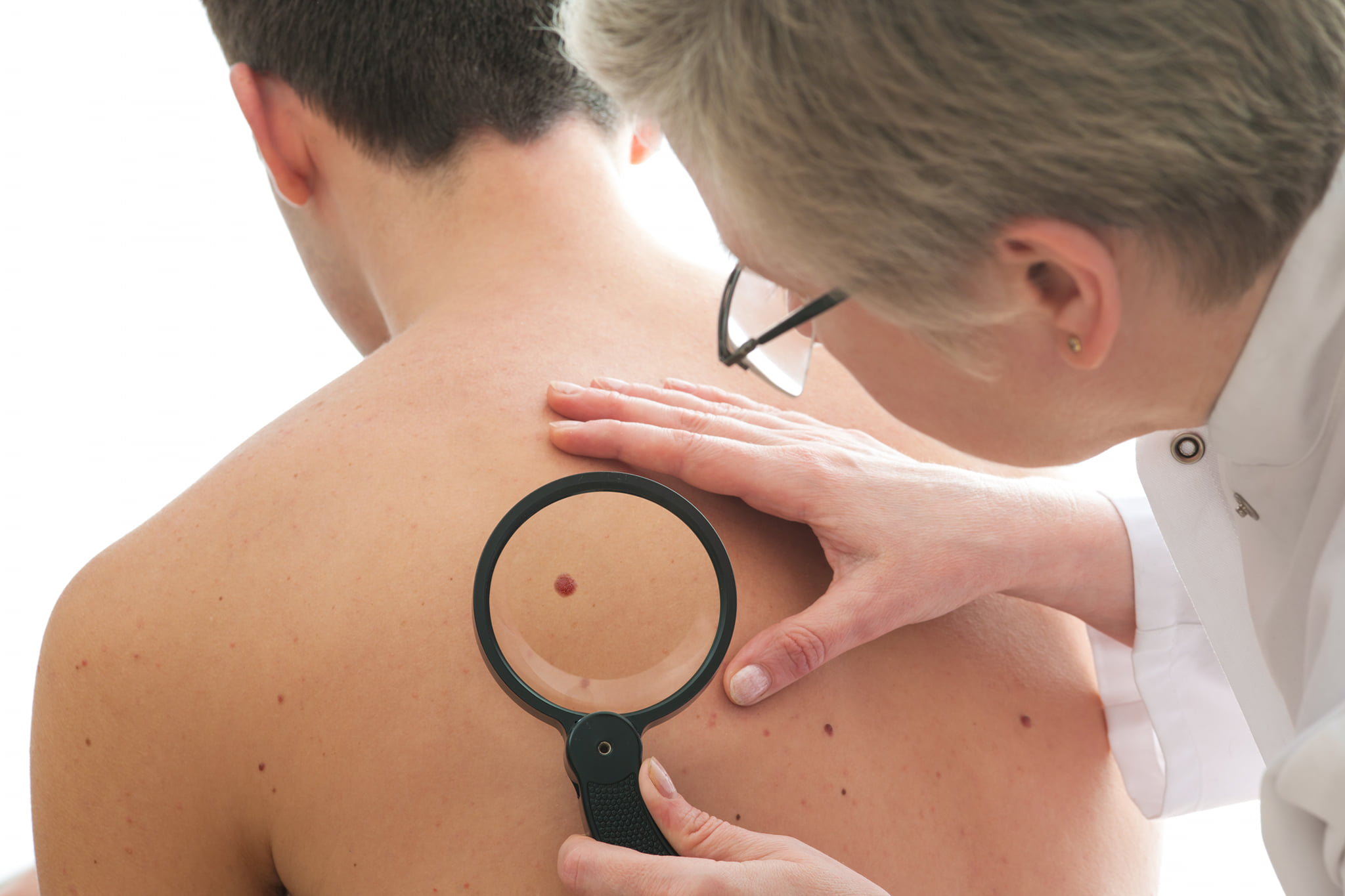
Chronic pancreatitis affects thousands of people in Hungary every year.Continue reading

The number of skin cancer cases has doubled in two decades, and dermatologists expect it to rise even further. Melanoma, known to most people, accounts for only 10% of this figure. The Hungarian Dermatological Society has expanded its information on the website to include details on suspicious lesions, which is worth keeping an eye out for all year round.
The number of skin cancer cases has increased one and a half times worldwide and even more in Hungary since the early 2000s, writes Index. This has made skin cancer not only the most common but also the fastest growing type of cancer. “One of the risk factors is UV radiation, to which we are more exposed nowadays,” recalled Rolland Gyulai, Director of the Department of Dermatology and Allergology at the Albert Szent-Györgyi Clinical Center of the University of Szeged, and member of the board of the Hungarian Dermatological Society (MDT). He highlighted that
the trend suggests that the number of people diagnosed with skin cancer could double again by 2050.
Melanoma, one of the best known skin cancer types, was diagnosed in 1,500-1,700 people in the early 2000s, but today the number of cases exceeds 3,000. Nearly 25,000 Hungarians are diagnosed with malignant skin lesions every year, which is also double the number at the turn of the millennium. The mortality rate has not increased in line with the number of cases, as more effective therapies are becoming available and more people are undergoing screening for moles.
An aggressive, malignant skin tumor such as melanoma can metastasize and have fatal complications. According to MDT data, one in four Hungarians consult a doctor late, on average 1.8-5 years after the appearance of the skin lesion, and therefore many people still die from skin cancer, approximately 300-400 a year.
Rolland Gyulai noted that people at risk, people with many moles or fair skin, and the elderly should remember to have regular check-ups. He added that skin cancer detected at an early stage can be cured by a single excision practically on an outpatient basis. Thanks to targeted therapies and immunotherapies, the five-year survival rate for metastatic skin cancer has already increased by 40-50% compared to 10-15 years ago. Today, patients aged 84-85 can be treated.
The professional organization of Hungarian dermatologists provides detailed information on the lesser well-known but more dangerous skin lesions on the skindex.hu platform.
A common feature of non-melanoma skin cancers is that they tend to occur mainly after the age of 45. In addition to genetic and other environmental factors, the amount of ultraviolet radiation plays the biggest role in the development of most of them.
The more time we spend in the sun without adequate protection over our lifetime, the more the UV exposure accumulates over the years, the more likely it is to cause harmful lesions in skin cells, explains the MDT, adding that not all of them are malignant, and their risks and chances of cure and treatment options vary considerably. Dermatologists point out that early detection is key for all of them, as this is when medical interventions are most effective.
The Hungarian Dermatological Society stresses that anyone who sees any strange lesions on their skin should not expect them to go away on their own. The majority of non-melanoma skin cancers occur on areas of the skin that are regularly exposed to sunlight, such as the scalp, face, neck, shoulders, and arms.

Photo via Pexels
According to national statistics, one in five Hungarians over the age of 50 will experience some form of skin cancer. Those with hematological and immune system diseases are at increased risk. The MDT stresses that sun protection is also of particular importance because some form of skin cancer can affect everyone. Gyulai added: “As we get older, malignant lesions are more likely to occur, hence it is particularly significant to pay attention to the skin of older people.”
Via Index; Featured image via Facebook/Magyar Dermatológiai Társulat